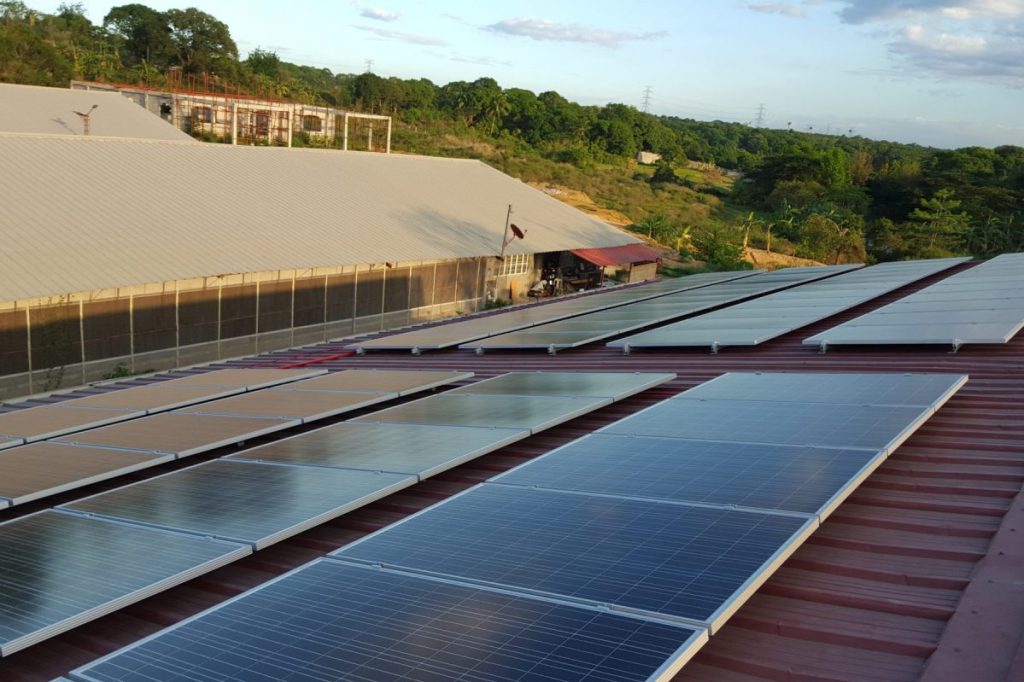
The Ultimate Solar Panel Guide – Home Installation and Costs
The use of solar panels has increased drastically since 2020. The question is, are they worth it?
It’s hard to miss the increasing number of solar panels coming up on different roofs all around the UK, and it does not look like it’s going down anytime soon.
As a result of the pandemic, lots of people now spend more time at home during day time, investing in solar panels necessary to reduce energy consumption throughout the month. Not to mention the positive effects of using solar panels on the planet.
A 2020 government report states that more than 970,000 homes in the UK have solar panels installed. Tony Sampson, a managing director at Naked Solar, said that they have had to increase staffing by up to 50 percent since the lockdown started to meet the demand.
The price of solar panels has largely reduced by about 25 percent since 2014. So, if you were looking for the best time to buy a solar panel, now would be the right time.
Solar panels are of two main types: solar thermal for hot water and photovoltaics (solar PV) for electricity.
These two types have differences that you should be familiar with if you’re interested in buying a solar panel.
Photovoltaic Panels
These panels are composed of a polycrystalline material that contains silicon cells and wiring strips called buzz bars which are responsible for converting light to energy with the help of the sun. So, it is advisable to do your energy-consuming chores, such as laundry, using the dishwasher, etc., while the sun is up.
It is better to install them on a roof facing south to absorb as much light as possible in the daytime. Unlike photovoltaic panels, solar panels work using UV rays instead of sunlight. They can still function effectively in lower or diffused sunlight levels. So, even on a mildly cloudy day, you can still generate a reasonable amount of energy from the panels.
Solar Panels: How Do They Work?
The way solar panels work varies depending on the type.
For photovoltaic panels, the cells are dyed the appropriate color to make sure that the right spectrum of light is activated and reacts when the light hits them.
This generates electrons that are transmitted between the two borders of the cell, generating the current. These electrons are fed along the buzz bars and into an inverter box that converts them into power. If you want a large-scale type with a higher voltage, you can connect all your solar panels.
During times or seasons where the sun is not strong enough to power the solar panels, your house will automatically return to using the national power grid. In the same way, whatever solar energy remains unused during the day, will be sent back to the grid. You will receive payment for the excess through the Smart Export Guarantee Scheme.
You can, however, keep the extra energy for personal use with the use of battery systems. The electricity stored from this can power an average house for about one to two days.
Solar Panels: How Much Do They Cost?
The cost of installing photovoltaic panels for an average British house is about £6,000 to £7,000.
There aren’t any grants available anymore to help subsidize the initial costs. Nevertheless, there are still tips to save on these costs.
The cost of solar panels alone has drastically reduced. A large portion of the expenses is spent on the scaffolding. This means that it would be wiser to schedule your solar panel installation and roof work or paint job to be at the same time.
Solar thermal panels are slightly less expensive. A two-panel solar thermal system costs about £5,500, plus VAT.
Are Solar Panels Worth It?
Yes, they most certainly are. Solar panels are useful for saving up on electric bills while simultaneously protecting the earth. A solar thermal system is a good option for large families with maximal water consumption.
Solar panels are even said to increase the quality of a home. Especially with the new battery technology, you can now store up unused energy generated during the day.
